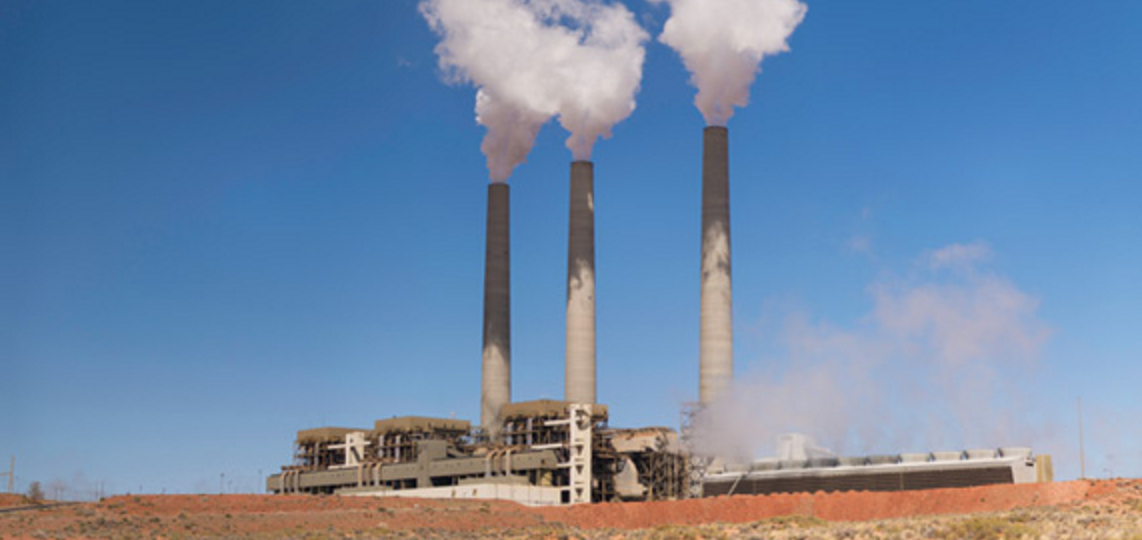The latest news out of the battle over the Navajo Generating Station (NGS) gives the coal plant an edge that could keep it in operation beyond 2019, according to a study presented at the Arizona Corporation Commission meeting on Thursday.
The study conducted by the globally recognized firm Navigant Consulting offers a closer look at the 2,250 MW coal-fueled electricity plant’s projected economic performance. It reveals that keeping the plant in operation through 2040 will save about $400 million compared to using a replacement energy source such as natural gas over the next 20 years. Results of the study also show that the plant will maintain its low costs and a healthy cash flow that could lead to capital recovery for its owners.
According to the results, as numerous coal plants are scheduled for retirement in the region market energy prices could increase by 43 percent within the next decade, and would more than double within the next 20 years.
The results show a contrast with a previous study conducted by the current plant operator the Salt River Project (SRP) that had a potentially faulty view of the future of natural gas prices over the next twenty years and beyond. They also give more credence to efforts to keep the plant open past 2019, when SRP plans to end its ownership due to cost concerns.
The study also shows that coal power has more of an edge over natural gas than SRP previously claimed, due to the volatile nature of natural gas prices since 2008. Although energy from coal-fueled resources is projected to maintain stability over the next twenty years in comparison to increased generation from natural-gas fueled resources, remaining coal plants are projected to be more productive overall.
NGS provides 90 percent of the power necessary for the Central Arizona Project, which transports water from the Colorado River into southern Arizona. It’s fueled by coal from the Kayenta mine, and together the two provide a substantial livelihood for the Native American population that many fear will be lost if the plant shuts down. The plant and the mine together employ nearly 850 Navajo and Hopi natives.
In response to the study release, Navajo Nation President Russell Begaye stated that “the power plant and mine that fuels it are vital to the jobs and economic strategy of the Navajo Nation” and that the tribe felt that the “study provides important new information demonstrating the plant can continue to be competitive well into the future.”
Hopi Tribe Chairman Herman Honanie echoed the support for keeping the plant operational for decades to come in a separate statement. “The study’s conclusions tell us that Navajo Generating Station can remain a beacon for energy production in the Southwest in the years ahead that will continue to operate in a cost competitive manner,” Honanie said.
Continued operation of NGS would include price stability in comparison to the uncertain price trajectory of natural gas and continued socioeconomic stability for the Native population, according to this study.
The results will be shared again with leaders at the Department of Interior in a briefing next week.

